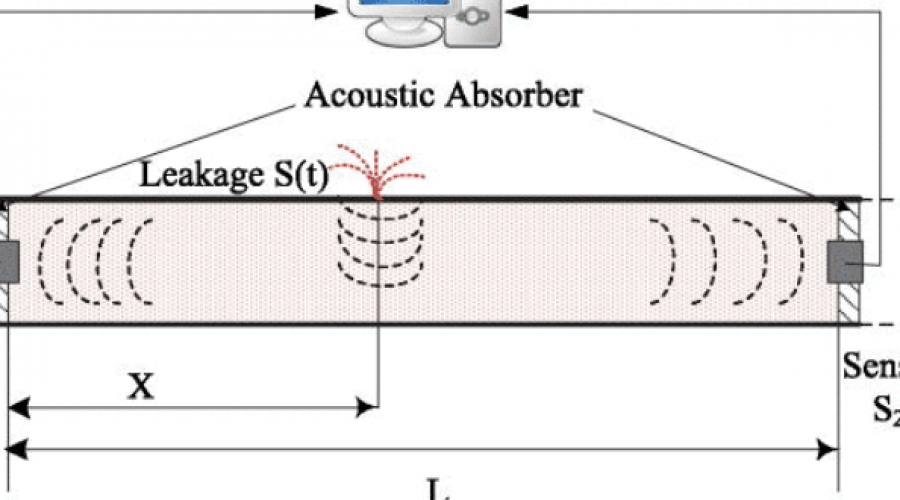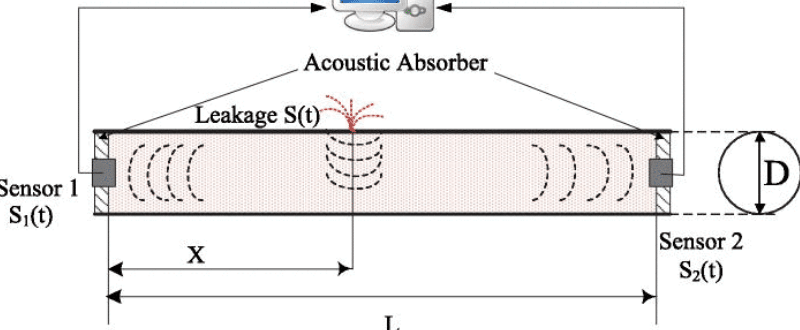
Acoustic Leak Detection San Diego
Sound is everywhere. Sound fills the air, surrounds us in places where there are no other distractions to take it away, or emerges from a silent environment when we least expect it. It’s hard for us not to hear sound because of how ubiquitous it is in our lives, but once you start paying attention to what you’re hearing-especially if the sound isn’t expected-you’ll realize that things aren’t always as they seem.
There are many sources of sound that can be a problem for your home or business: dripping water pipes, small animals going through crawl spaces and ducts, faulty appliances like dishwashers and toilets running constantly. The list goes on and on with potential problems waiting to happen. Regardless of which source of the sound you’re trying to find, one solution is an acoustic leak detection device.
Sound Waves
In order to effectively locate a source of sound in your home or business, you have to use an acoustic leak detection system that can pinpoint the location with accuracy and speed. Sound waves are what gives us our sense of hearing by translating sound into electrical impulses that our brain can understand.
The same principle is true for acoustic leak detection, but instead of using sound waves to take in information and translate it back into a sensation, we’re trying to use the device to detect sound coming from one specific area so that we know where the problem is located.
Acoustic Pinpointing And Acoustic Triangulation
Acoustic leak detection systems come in two forms: acoustic pinpointing and acoustic triangulation. Acoustic pinpointing is the most common type of system, where a single device picks up sound waves from one location to find its source.
When you’ve found the general area that’s emitting the sound-such as behind a wall or under floorboards-you can use additional devices called “directional microphones” to narrow down exactly where the problem lies so that you know what part of your home actually needs attention.
Triangulation works by using multiple sensors instead of just one at each separate location; this allows for more accuracy since there are three points determining which direction the sound comes from rather than only one, like with an acoustic pinpointing detector.
Having holes drilled into walls or floors around key locations such as crawl spaces and ducts-the places small animals might go through so that sound vibrations don’t get blocked by materials like wood and concrete, which absorb noise rather than transmit it.
Conclusion
Call 1st Response Leak Detection at (619) 374-8554 for further information! Avail of our best services in San Diego, CA, today!



